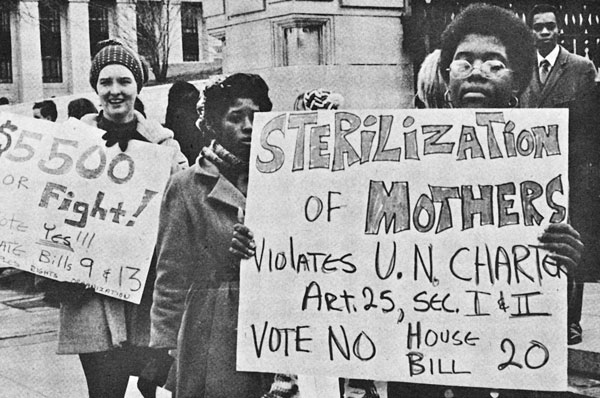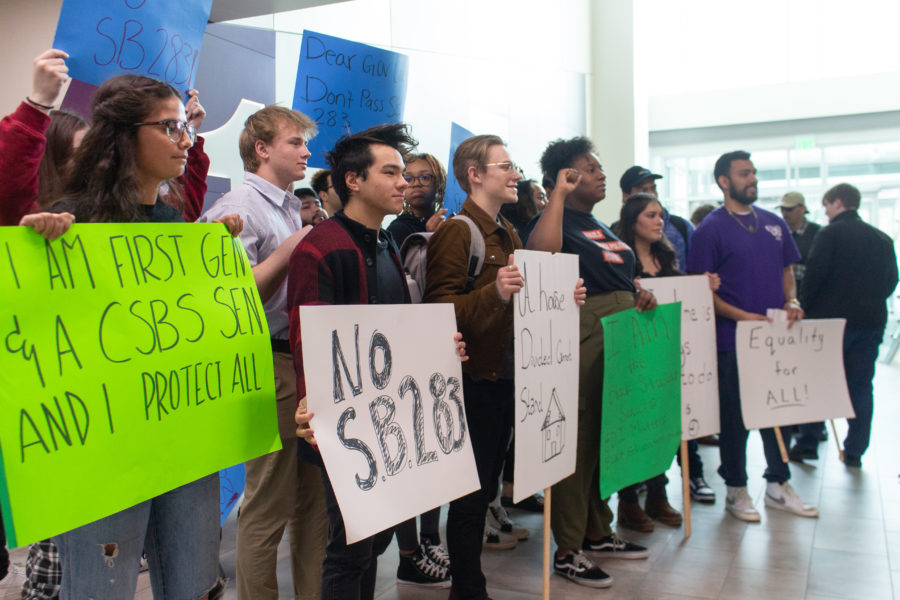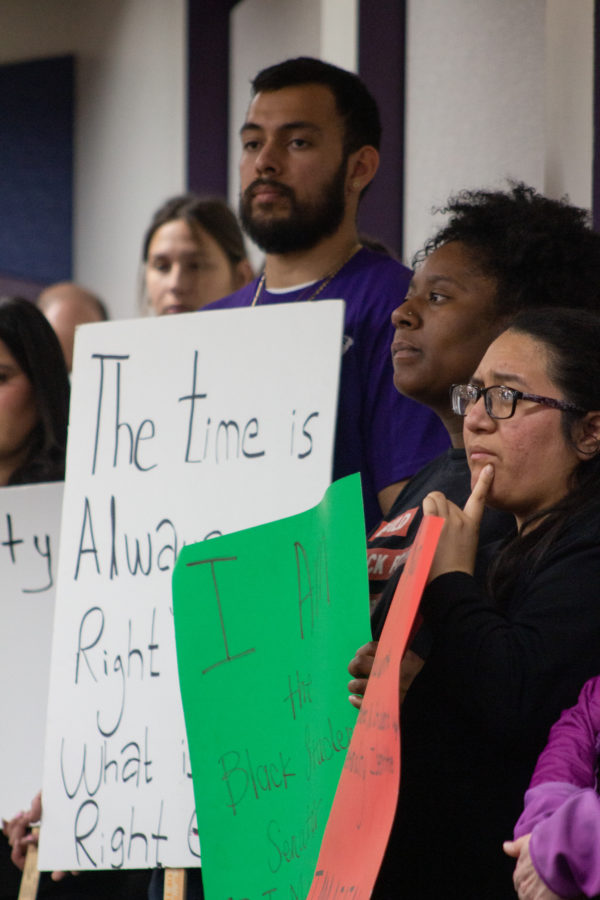
Forced sterilization is a part of America’s history that often goes untold, but one doesn’t have to go too far back to find examples of it. Forced sterilization is the act of taking away someone’s ability to have a child without them giving consent. It can be done through various procedures, including hysterectomies (the removal of the uterus) and tubal ligation (the tying, cutting, blocking, or burning of a woman’s fallopian tubes).
In the 20th century, untold numbers of women of color endured such life-altering experiences in part because of medical racism. Black, Native American and Latina women report being sterilized without their consent after undergoing routine medical procedures or after giving birth. The abuse of sterilization procedures reached its height in the 1950s and ’60s and has continued well into the 2000s. As early as 1907, the United States instituted public policy that gave the government the right “to sterilize unwilling and unwitting people.”
Physicians felt they were performing a service by sterilizing women of color without telling them. This thinking led to over 65,000 sterilizations in 33 states under state-funded programs. According to The Guardian, California led the nation with nearly 20,000 sterilizations.
While relatively well-off white women were demanding abortion rights, women of color and poor women generally were left alone to fend against sterilization, whether forced upon them or performed without their knowledge.
One would think that forced sterilization ended before the new millennium, but this carried out until recent years. According to The Center for Investigative Reporting, it was uncovered that nearly 150 female prisoners in California institutions were sterilized between 2006 and 2010 without consent. These practices targeted those deemed “likely to return to prison in the future.” One practitioner defended the $147,460 spent on sterilizations saying, ““Over a 10-year period, that isn’t a huge amount of money compared to what you save in welfare paying for these unwanted children.” It wasn’t until September 2014 that California enacted Bill SB 1135 prohibiting sterilization in correctional facilities.
Forced sterilizations have affected the reproductive rights of women of color in many ways, one of these being through the potential correlation with a mistrust of birth control. According to PBS, “As African Americans grew more aware of their history in the 1960s, they became increasingly suspicious of government-sponsored birth control and the Pill. For many, it seemed plausible that birth control was part of a larger plan to keep the Black population down and limit Black political power.”
Reproductive freedom not only requires the ability to choose from a set of safe, effective, convenient and affordable methods of birth control developed for men and women but also a context of fair social, political and economic conditions that let women decide whether or not to have children, how many, and when.













